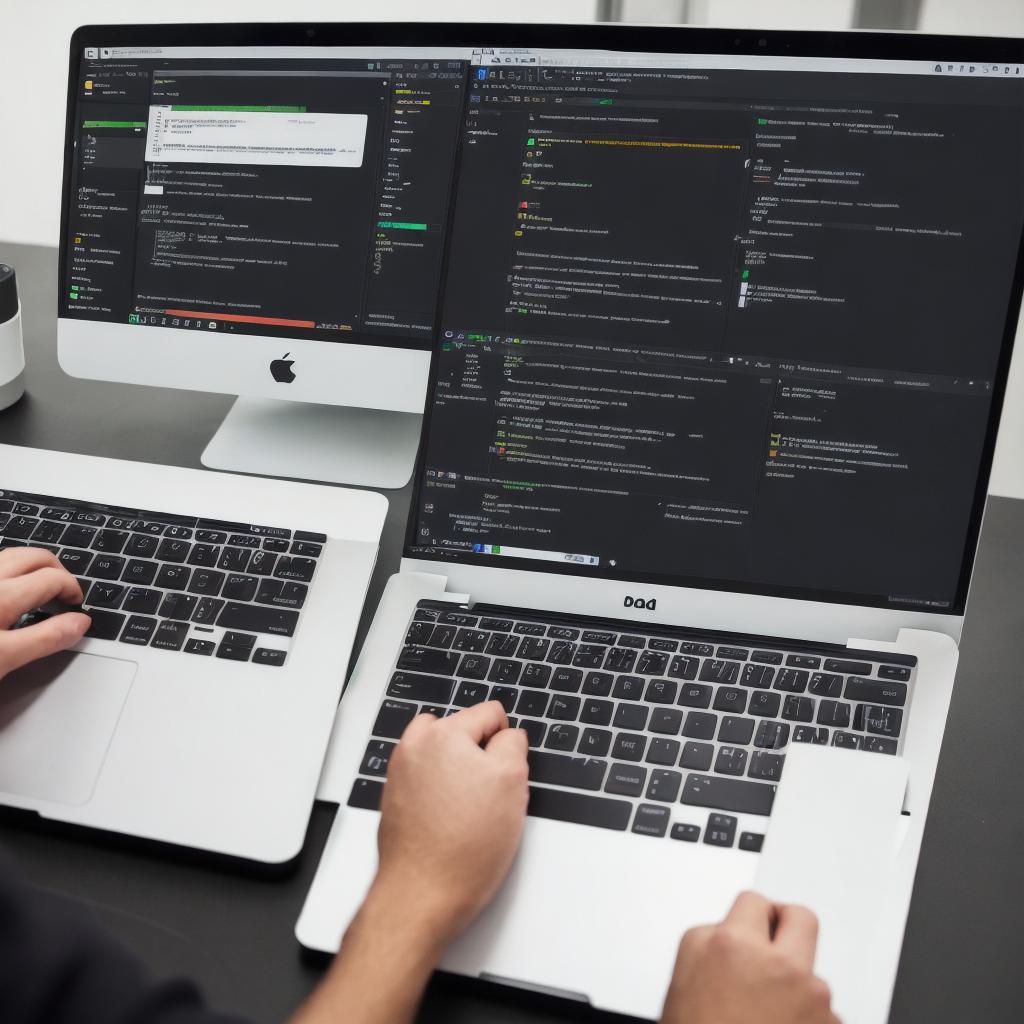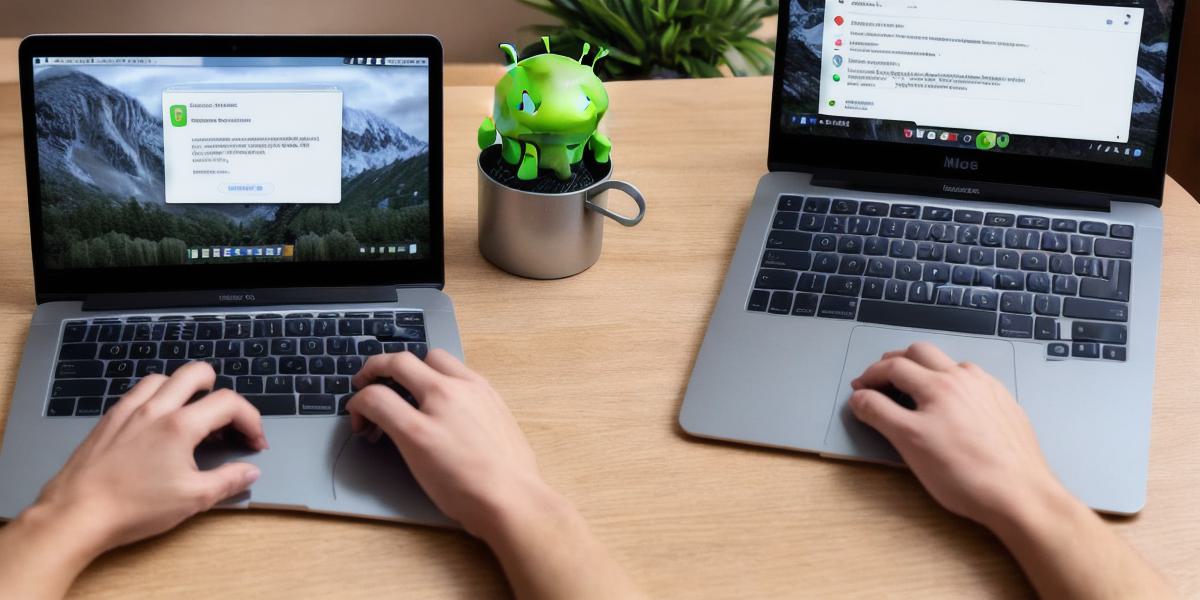Introduction
As a developer, you might find it challenging to develop Android apps on a Mac. However, there are several tools available that make this process easier and more efficient. In this article, we will explore the steps involved in developing Android apps on macOS. We will also discuss the benefits of using these tools, and provide tips for optimizing your workflow.
Tools for Developing Android Apps on macOS
There are several tools available for developing Android apps on macOS. One such tool is Android Studio, which is an Integrated Development Environment (IDE) that allows you to develop, test, and deploy Android apps. Another popular tool is BlueStacks, which is an emulator that allows you to run Android apps on a Mac.

Benefits of Using These Tools
Using these tools has several benefits for developers. Firstly, it allows you to develop Android apps on your Mac without having to purchase a physical Android device. This can save you time and money as you do not have to wait for a device to become available or worry about breaking it.
Secondly, these tools provide a more efficient workflow as they allow you to write, test, and deploy code directly from your Mac. This eliminates the need for frequent switches between your Mac and an Android device, which can be time-consuming and frustrating.
Finally, these tools provide access to a wider range of development features and capabilities than traditional methods. For example, you can use Android Studio’s debugging and testing tools to identify and fix bugs in your code more quickly and efficiently.
Tips for Optimizing Your Workflow
To optimize your workflow when developing Android apps on macOS, there are several things you should consider:
- Familiarize yourself with the tools you are using. Take the time to explore the features and capabilities of each tool, and learn how to use them effectively.
- Use virtual machines or emulators to test your app on different devices and operating systems. This will help you identify any compatibility issues early on in the development process.
- Use version control tools such as Git to manage your code and collaborate with other developers. This will make it easier to track changes, share code, and work together on projects.
- Use automated testing tools to streamline the testing process and catch bugs early. This can save you time and reduce the risk of bugs making it to the app store.
- Finally, always keep your development environment up-to-date with the latest software updates and patches. This will ensure that you are using the most stable and secure versions of the tools you are using.
Summary
Developing Android apps on macOS is possible with the right tools and techniques. By using Android Studio or BlueStacks, you can write, test, and deploy code directly from your Mac. These tools provide a more efficient workflow and access to a wider range of development features and capabilities than traditional methods. To optimize your workflow, familiarize yourself with the tools you are using, use virtual machines or emulators to test your app on different devices and operating systems, use version control tools, use automated testing tools, and keep your development environment up-to-date. With these tips and tools, you can develop Android apps on macOS with ease and confidence.
